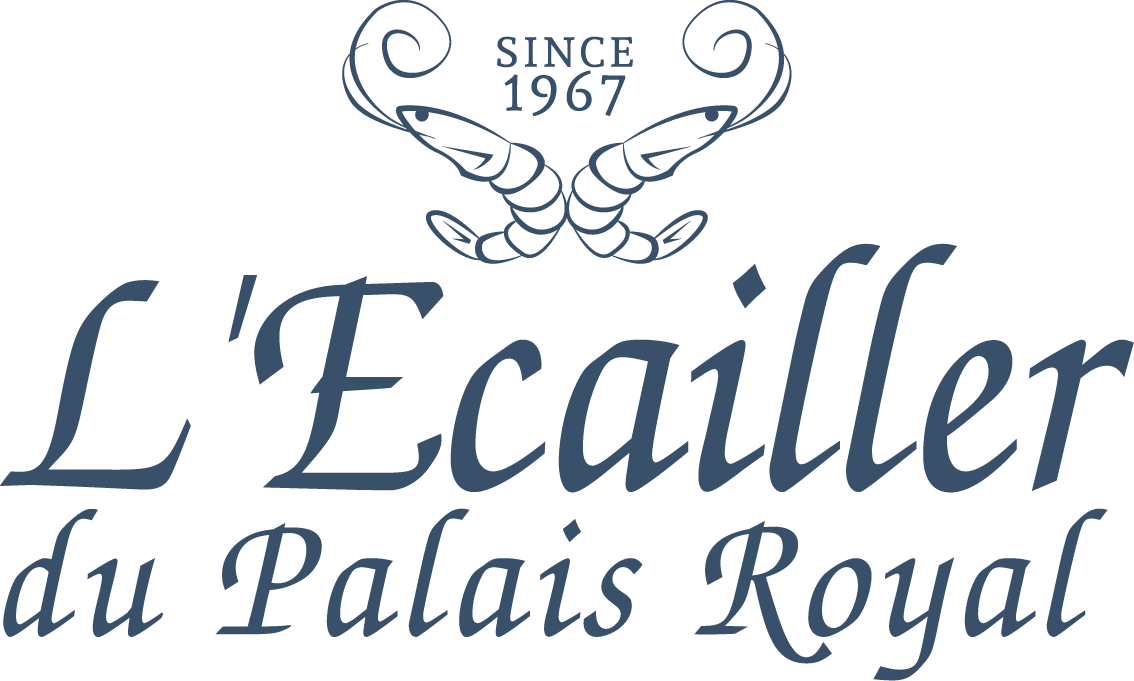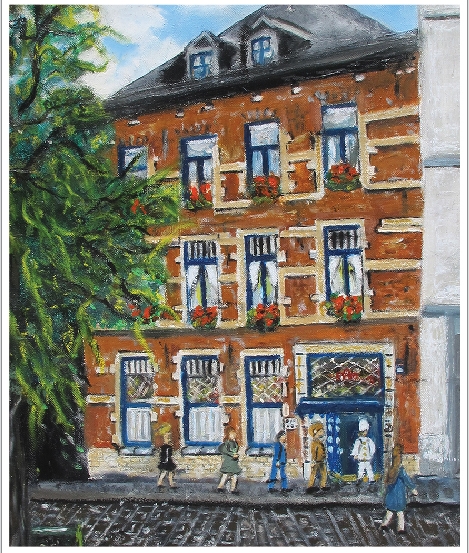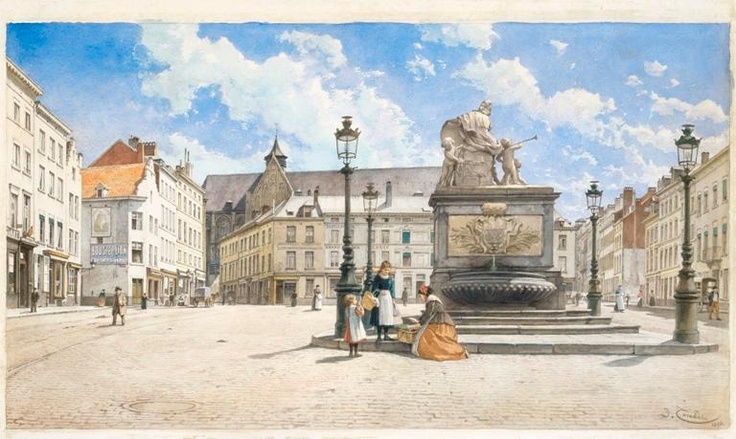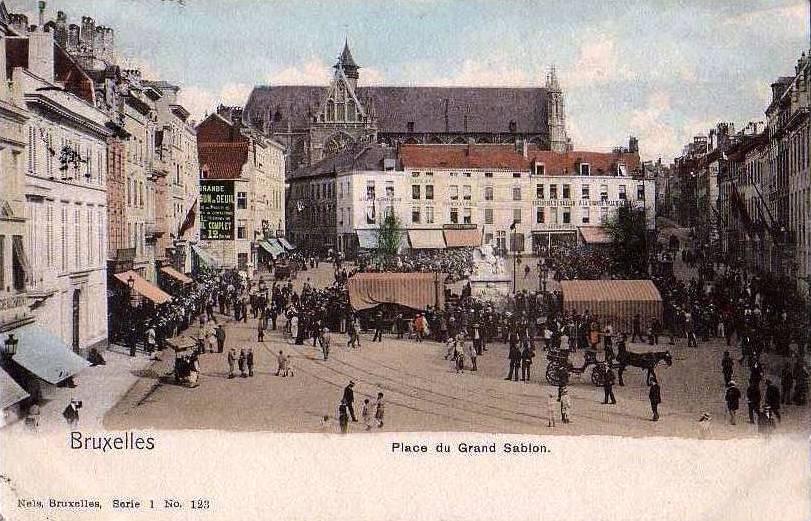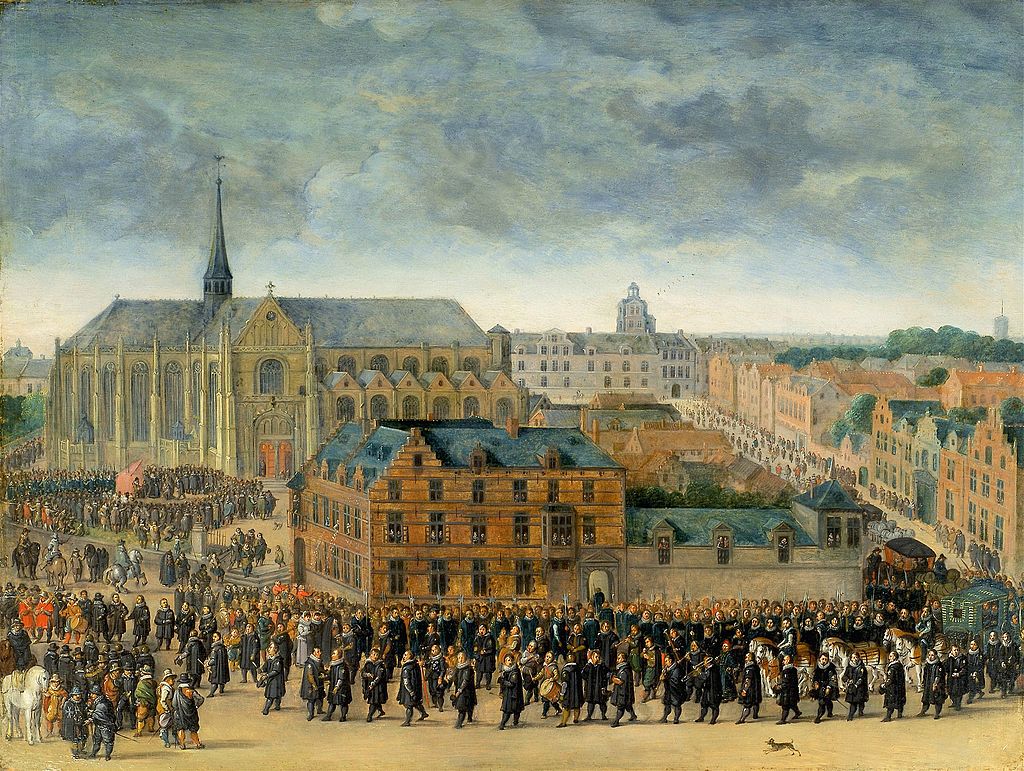The Restaurant Story
L’Écailler du Palais Royal has been founded in 1967 by a famous Belgian restaurateur, named Marcel Kreusch.
He bought a magnifcent 17th century dwelling in Le Sablon, in the heart of Brussels’s historic district, and drew his inspiration from what he has seen in London, in a restaurant serving only fish, shellfish and crustaceans.
Since then, the restaurant remains one of Belgium’s best tables in an elegant and refined concept consisting in small tables and an enjoyable counter-bar.
The 2nd floor offers a more intimate setting for privacy, and is also ideal for banquets.
This jewel of Belgian gastronomy, known for its fish specialties has always combined elegance and tradition with an emphasis on exceptional product quality, generosity in the plate and a particularly attentive table service.
The Sablon Story.
Located close to the Arts District, the Sablon was not very far away from the main defensive wall of the city centre. The Saint Jean Hospital, which owned the piece of land at the time, transformed it into a graveyard in 1299, and then let a crossbowmen’s guild have a part of it to build a chapel in 1304, the future Notre-Dame du Sablon Church. The reputation of this humble oratory grew suddenly when, according to tradition, a miraculous statue of the Virgin Mary was brought in from Antwerp in 1348. In the 15th century, the crossbowmen made it the church what we can still admire nowadays.
The favour that the princes of Burgundy and Habsburg Houses demonstrated towards the church largely contributed to the district’s prosperity. During the 16th and 17th centuries a lot of aristocratic families settled around the sanctuary. Amongst the most famous were the Tours and Taxis, whose very luxurious mansion was demolished during the construction of Régence Street, and the Egmont family, whose palace was located above the Petit Sablon, offers the best insight of what the district was in its heydays. Au Laine Street was the extension of the Sablon: the Lannoy and Mérode-Westerloo mansions can still be seen there on the odd side of the street. In Petits Carmes Street, on the other side of the Egmont Palace, the Culembourg mansion could be found in the 16th century, the very place where “le compromis des nobles” was drafted in 1566. To eliminate all kind of scars belonging to this seditious act against the king, the Duke of Albe had the mansion razed to the ground and right at its location an expiatory column was erected in 1568.
The nearby Saint Jean Hospital’s graveyard was already bothering its aristocratic neighbours in 1554, but this is only one century and a half later that the administration of Brussels acknowledged that the situation had become unbearable, reporting that corpses “were often neglected and thrown down into graves half-naked, with dogs being able to pull bits out of the ground, running with human arms and legs in their mouth”. Therefore, in 1704, it was decided that the graveyard would be moved to a place called Les Marolles.
During the 19th century, this old district was reshaped by the construction of Régence Street, between the Place Royale and the Palais de Justice. This Haussman style artery runs the length of the church and highlights its perspectives. The clear space on both sides of the building was refurbished at the same time and the houses adjoined to the church were destroyed from 1872.
The sociological composition of the district has changed over time. During the 19th century, it was progressively abandoned by the aristocracy, to the benefit of new posh districts, such as Léopold district. In the 20th century, The Grand Sablon Square was occupied by a more modest population and inside the blocks of houses could be found small workshops and warehouses. At the end of the 1960’s, a new residential and commercial mutation could be witnessed: several antique dealers set up in the district, following the demolitions in Monts des Arts district. Le Sablon became such a trendy district, that a new word was coined after it: “sablonisation”, the local word for gentrification.
